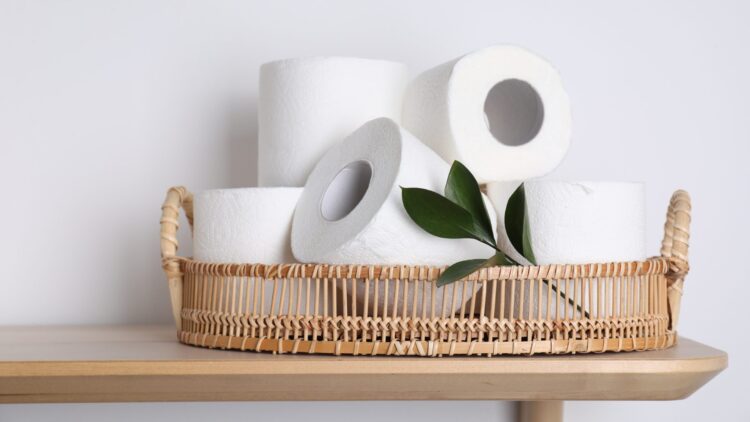The COVID 19 pandemic was an event that brought the entire world together because of a tragedy, but despite the somber moments and the collective grief that we all experienced, now that it is firmly in our rearview mirror there are plenty of memorable and fun moments that we can now laugh at, the main one being the panic over toilet paper.
Who would have thought that such an everyday item, which is not even necessary for most people (most of us own showers, bath and even bidets) would be the thing that brought the entire population to its knees? Entire aisles cleared out, people stockpiling it in their homes, restrictions on how much you were allowed to purchase… It was madness, and it was just the tip of the iceberg when it came to the panic people felt.
Toilet paper, a necessity of the past
The reality is that toilet paper has not even been around for that long. For the majority of history, humans have used whatever they had on hand, and it was not until 1857, when American inventor Joseph Gayetty introduced the first commercially available version that it was available to purchase. While the original product was good, it still took another forty odd years, 1890, for Clarence and Irvin Scott to change the product into the roll that we use today which is what made it popular and available on a mass scale.
But the problem with toilet paper is that, despite the convenience of use, it is made out of a finite resource, wood, and despite planting as many trees as we take down, trees take a long time to grow, meaning that the sustainability factor is quite low. Plus, the process of turning wood, which is hard and unforgiving, into the supple paper that can be used to wipe our private parts is complicated and highly pollutant.
According to the European Environment Agency, the process involves using significant resources and chemical treatments, even more if the paper is scented, and the average person uses between 33 and 55 pounds annually, which is a lot to produce.
Sergio Baffoni, senior campaign coordinator at the Environmental Paper Network is one of the concerned voices that explains why toilet paper, which seems like an everyday innocuous product, is actually such a problem. “Tissue represents about 10 per cent of the global production of paper products, so it is not as big as packaging, but it is growing.”
And since deforestation is one of the major concerns and most toilet paper is made from virgin pulp, it is not something that should be discounted. But there are alternatives, bidets have been used, especially in Europe, for centuries, and they are a really good alternative to keep hygiene while wasting less resources.
“Bidets and bidet toilet seat attachments not only significantly cut down on the use of toilet paper but also require less water per use than the forest fiber tissue-making process does,” the Natural Resources Defense Council, a US NGO, says in its annual ‘The Issue with Tissue Scorecard’.
But despite its problems, we should not be so quick to dismiss toilet paper, as its invention and extended use have helped society at large to maintain a level of hygiene that has kept many illnesses away. As one proponent of its use Giovanni De Feo, associate professor of environmental and sanitary engineering at the University of Salerno reminds us, “Nothing is zero impact,” he believes. “Toilet paper was a revolutionary invention used to solve the sanitation issue. We need toilet paper. But we can reduce the amount of toilet paper that we use because even using one single piece less is three litres of water that we can save.”

